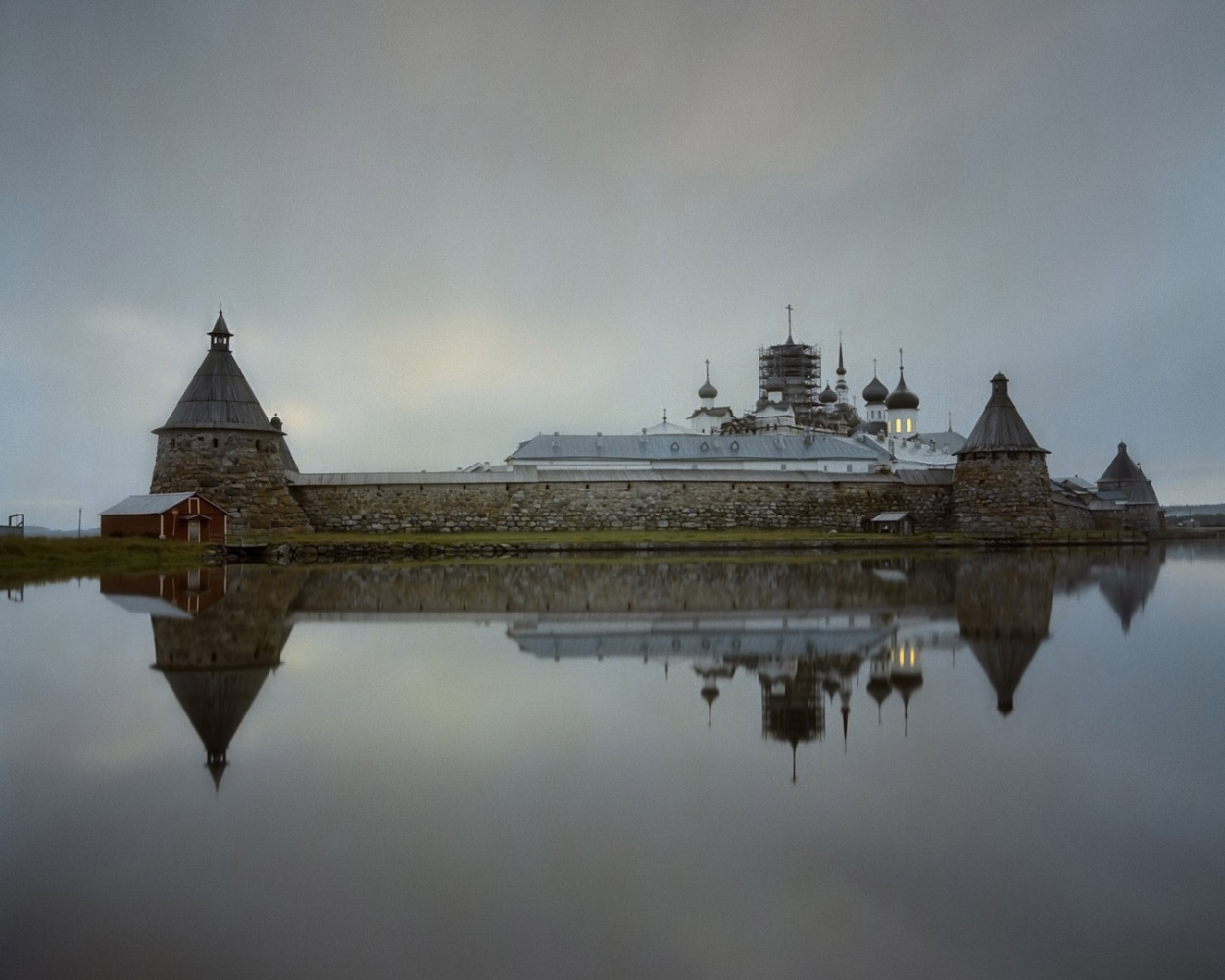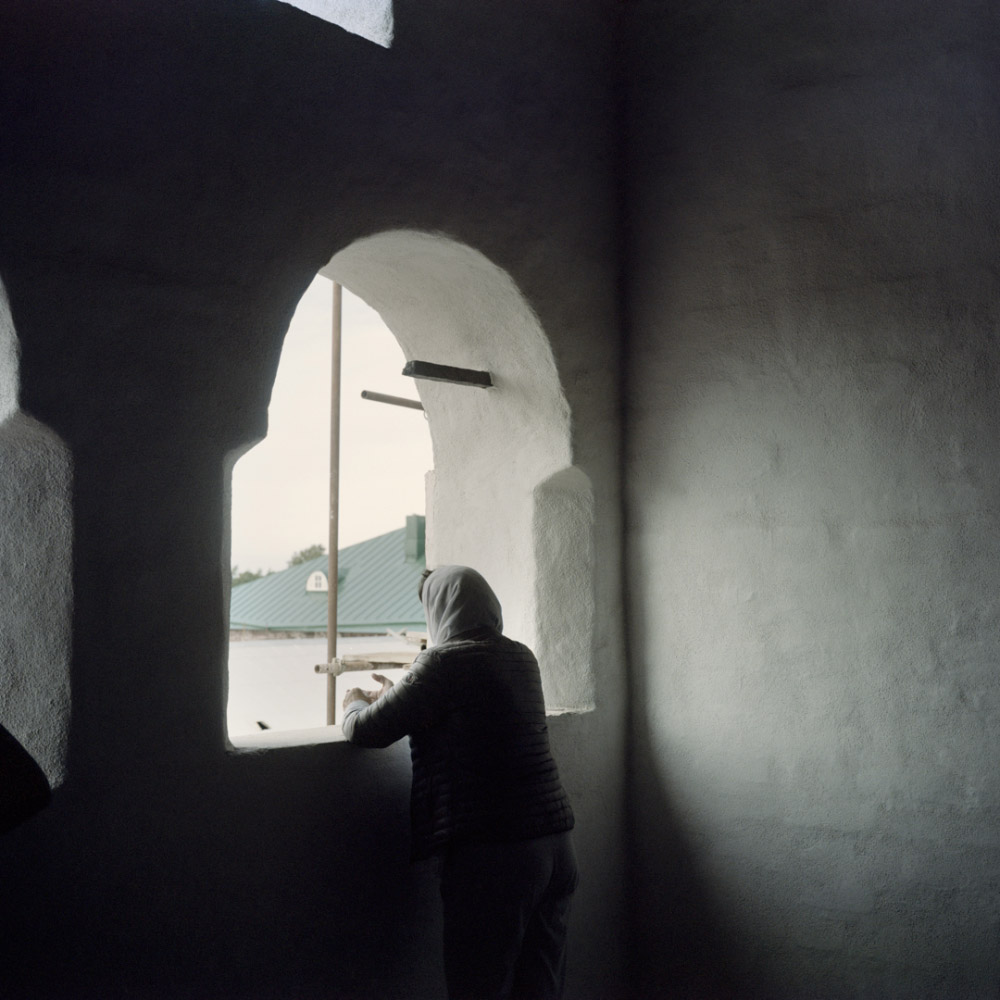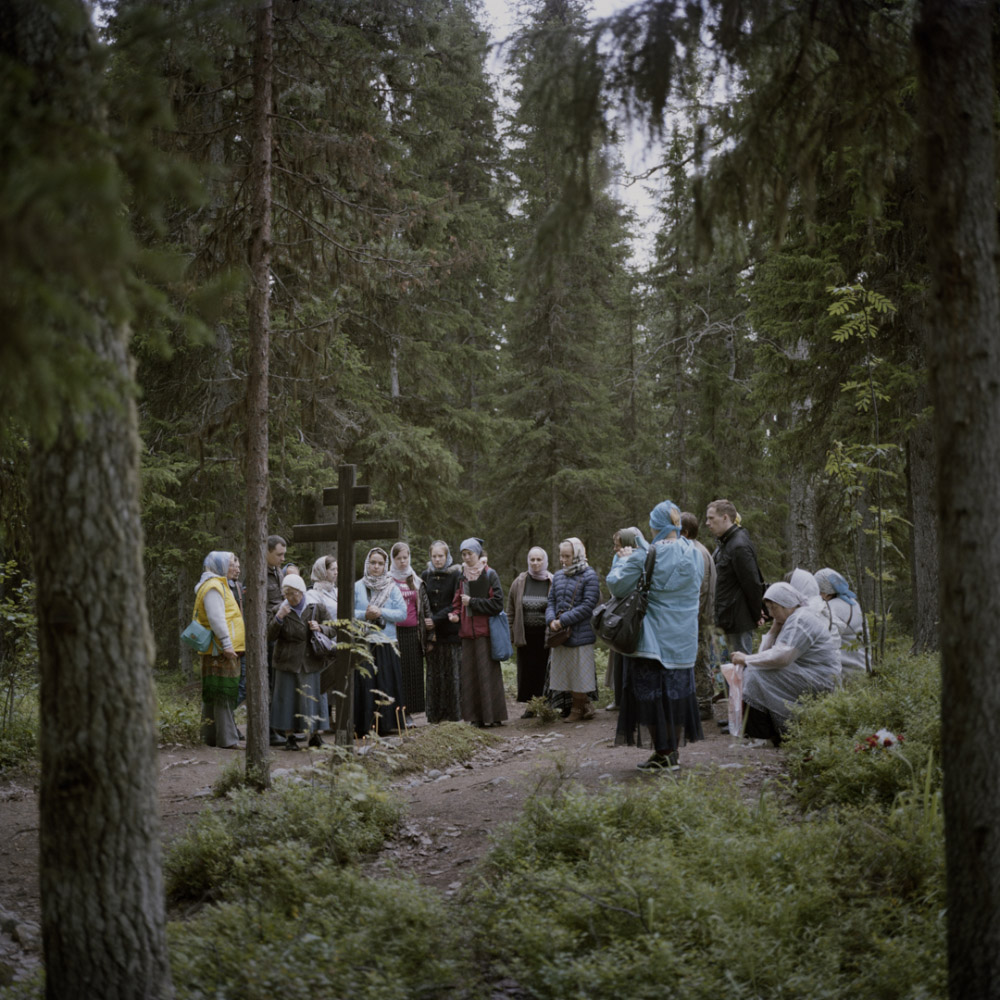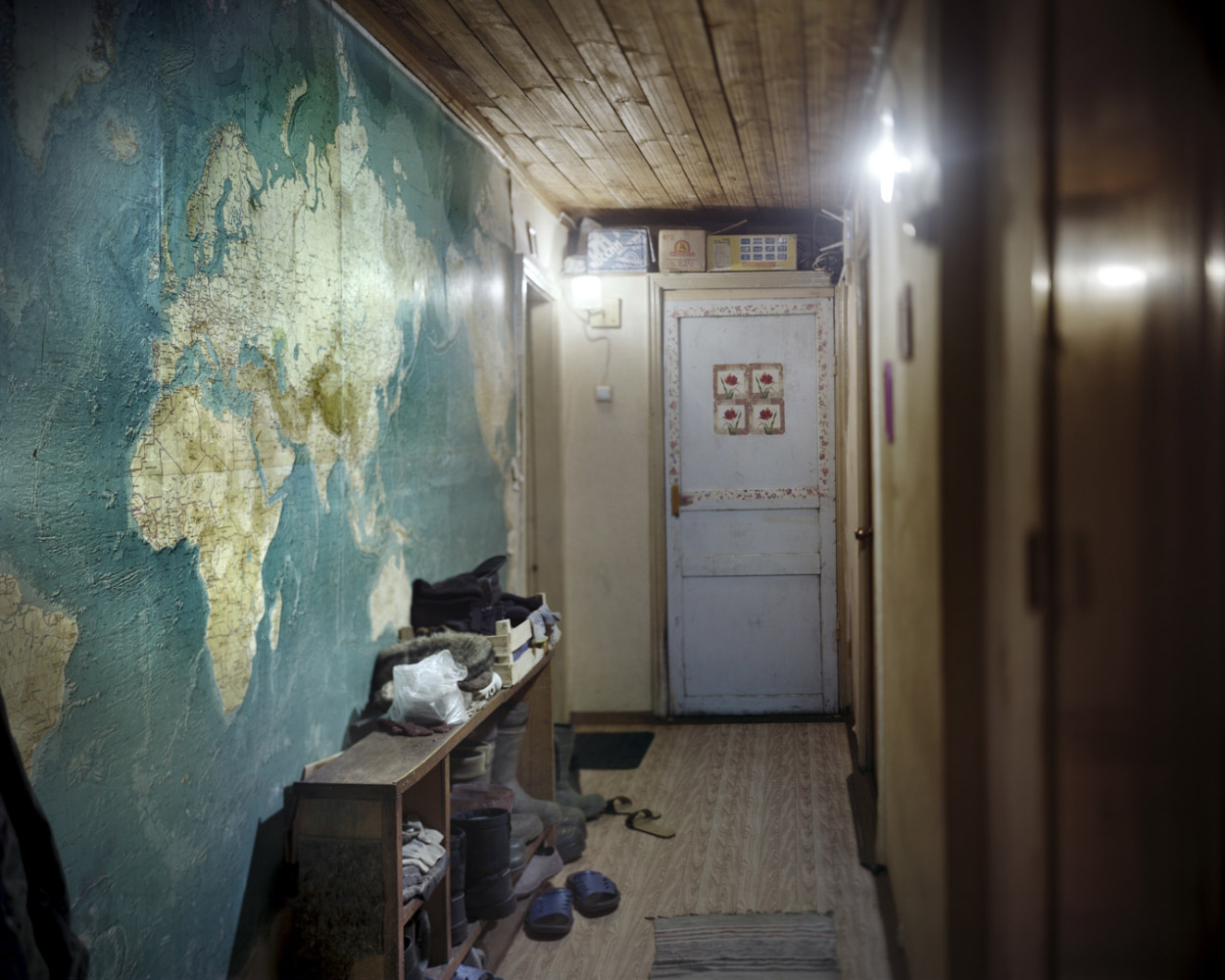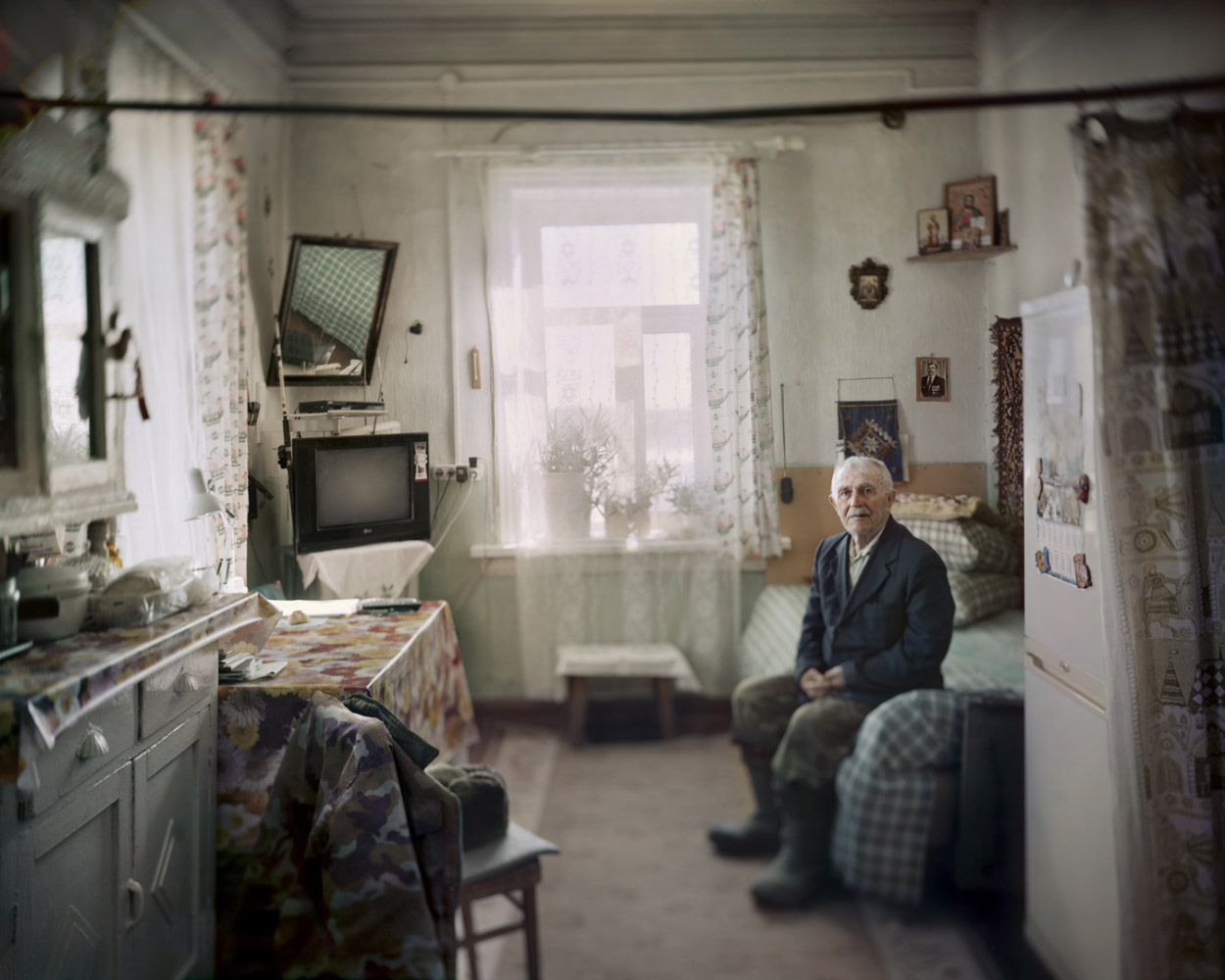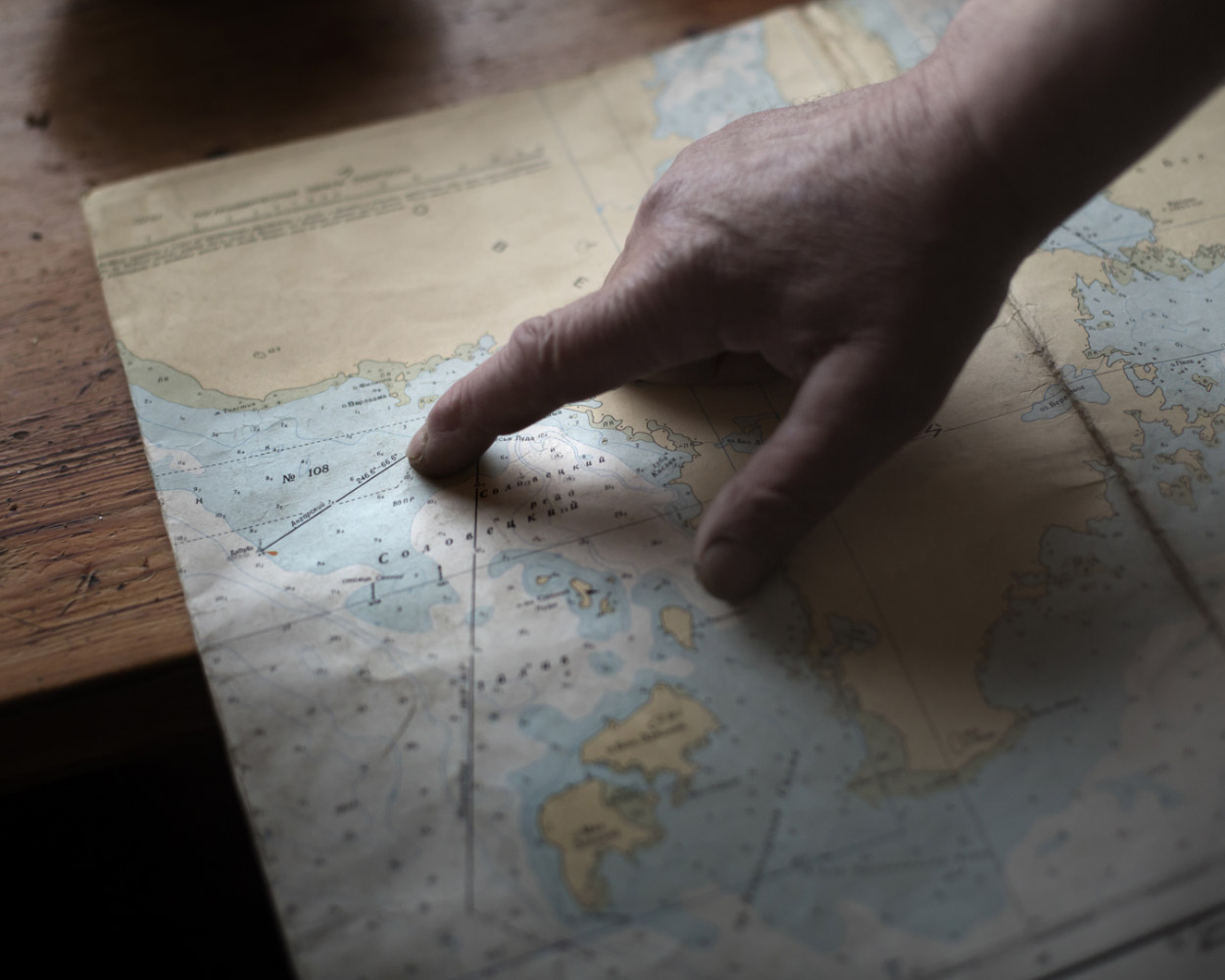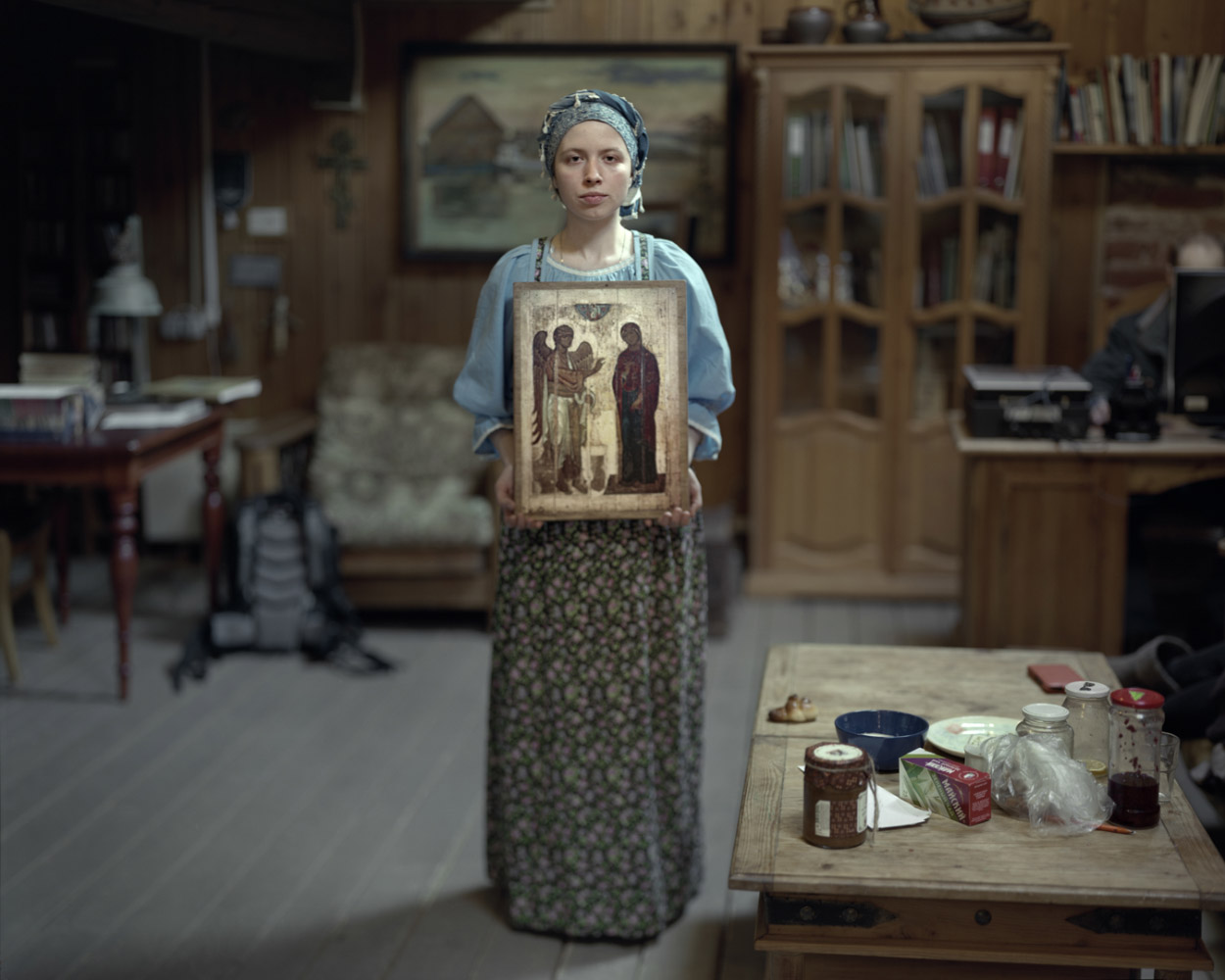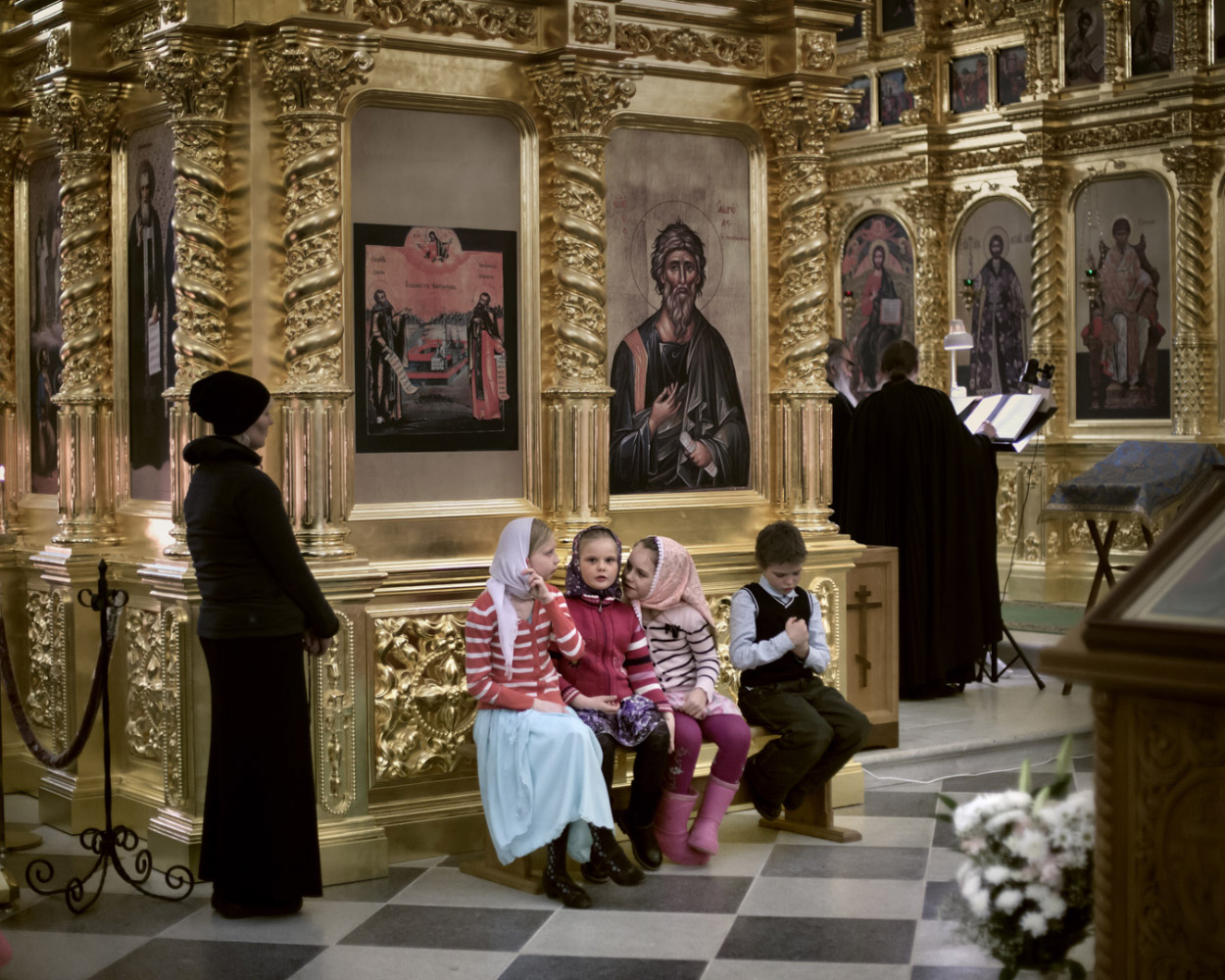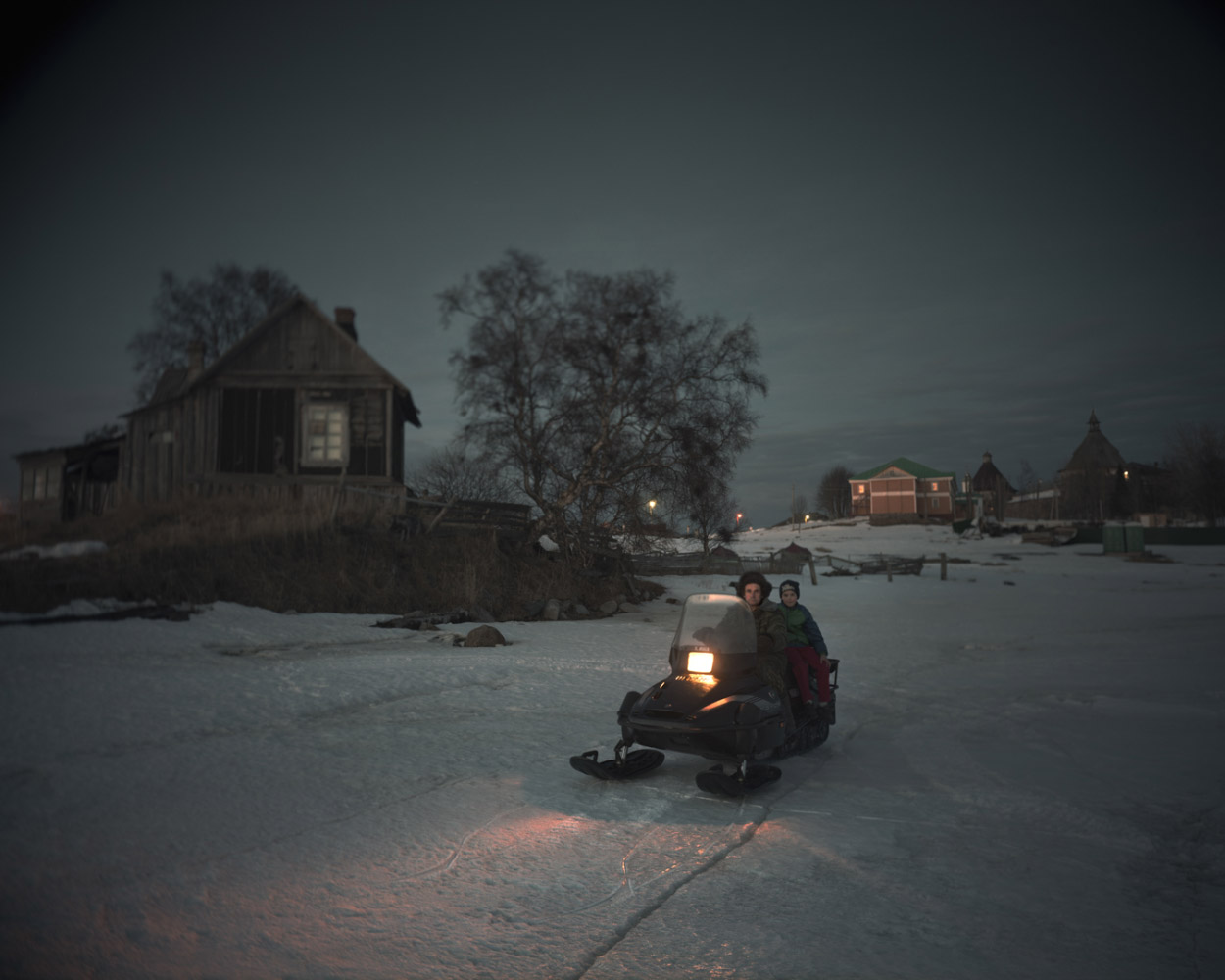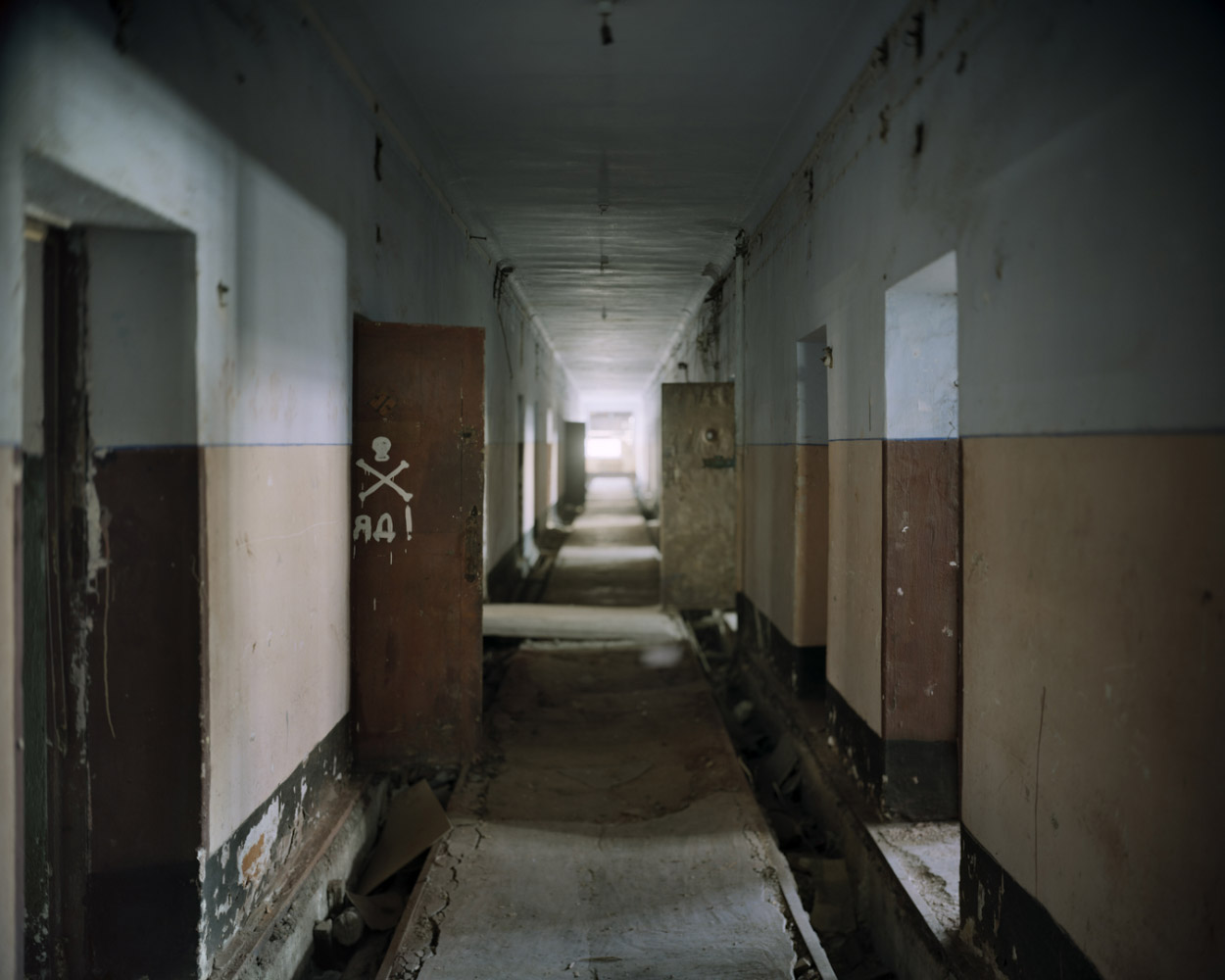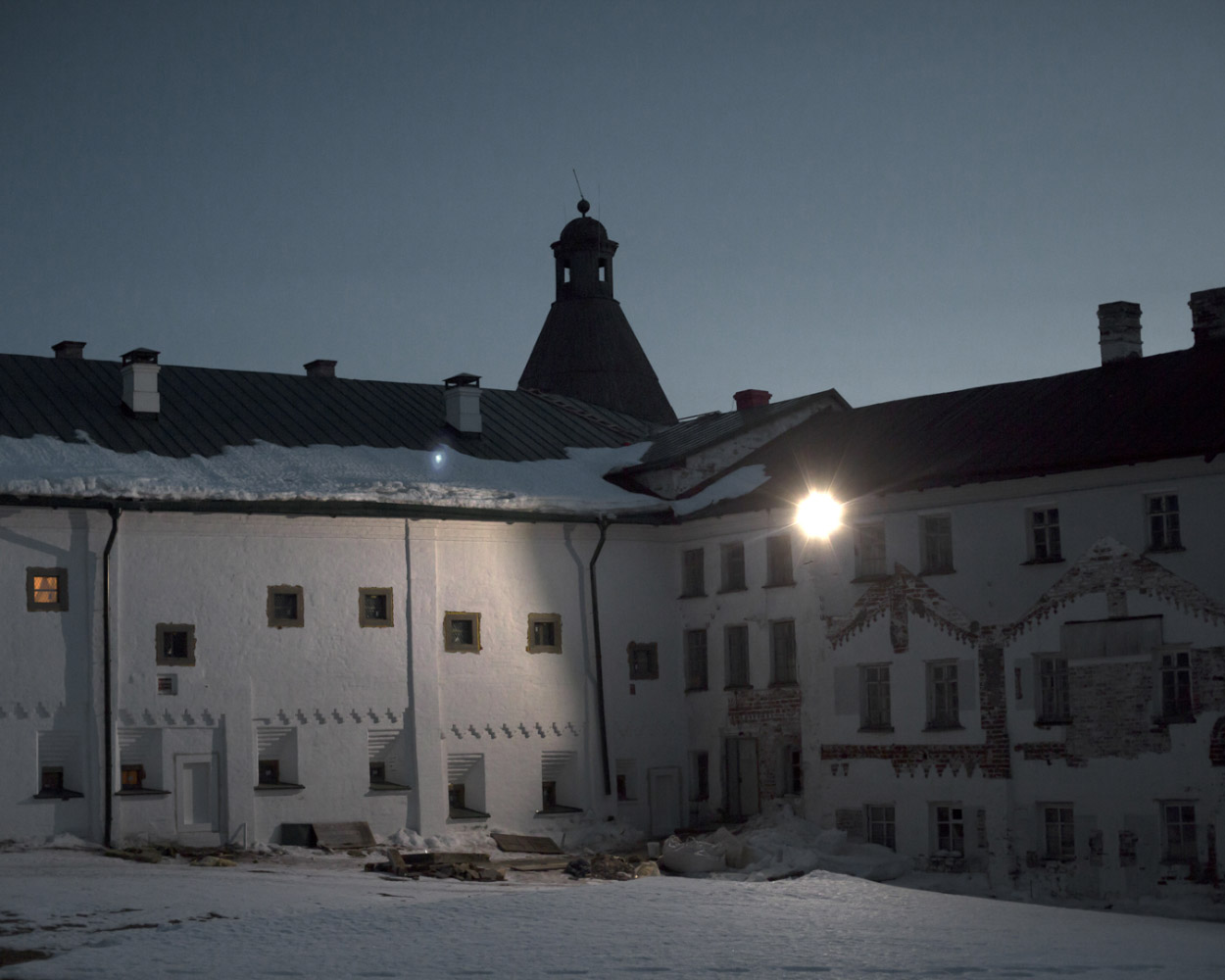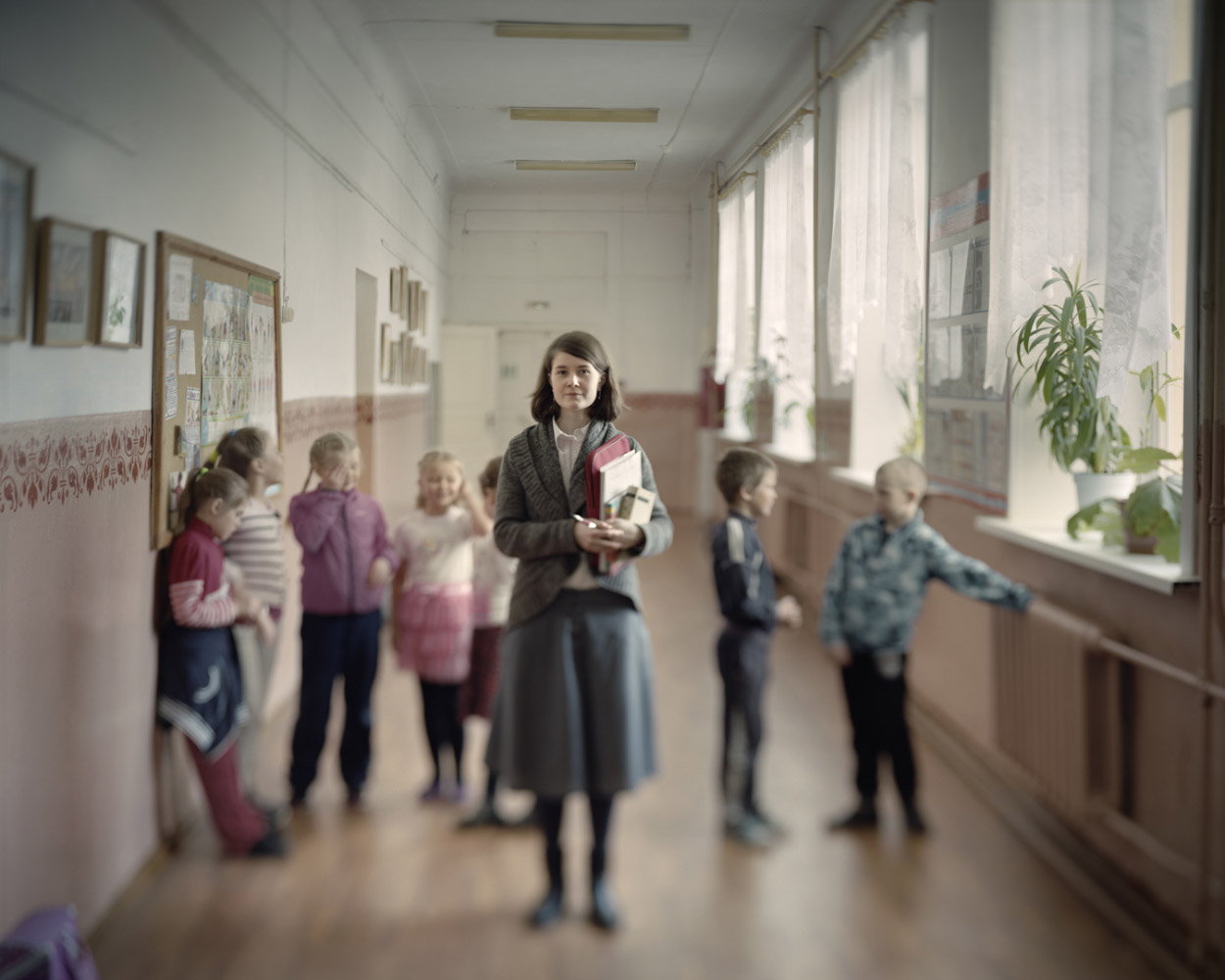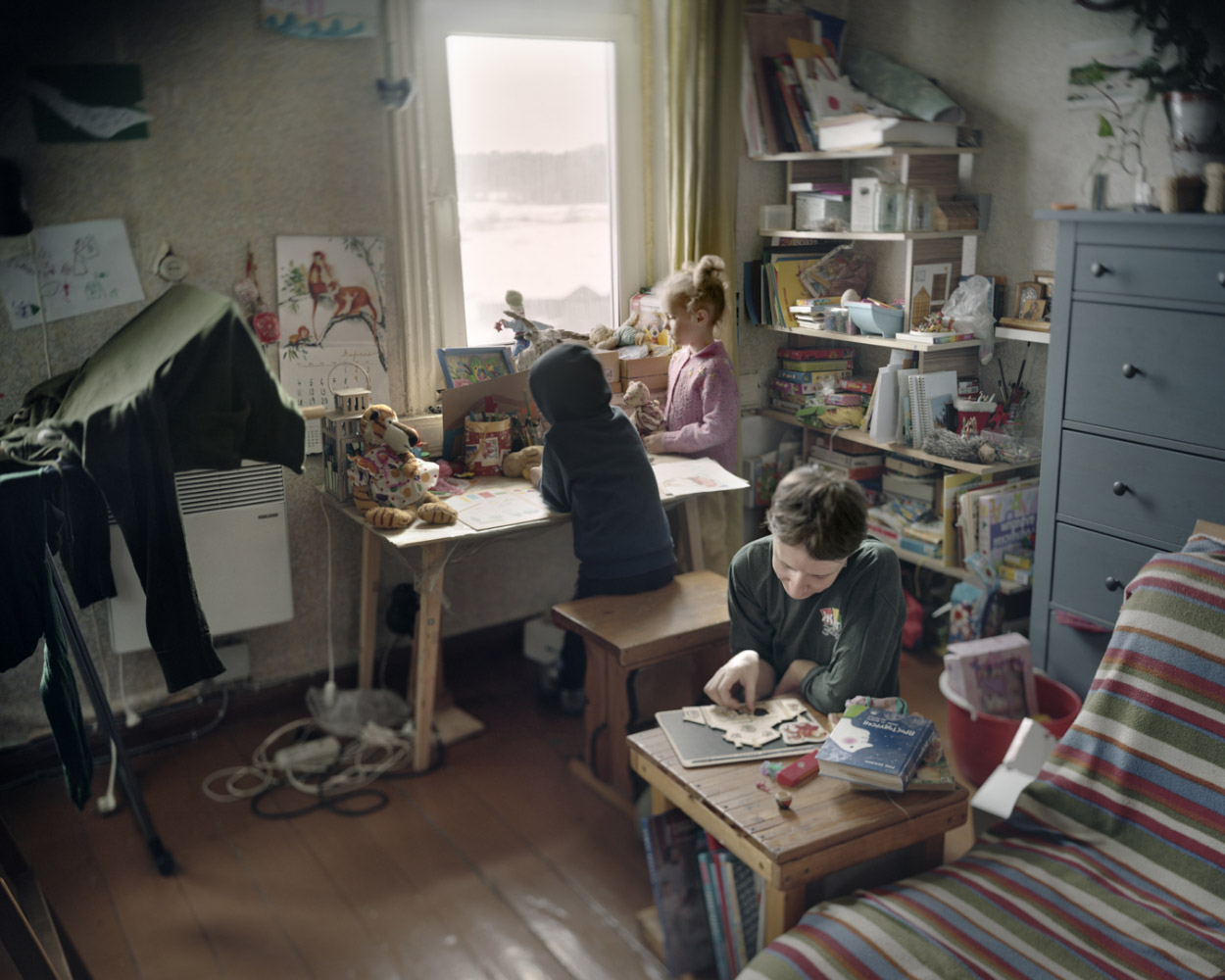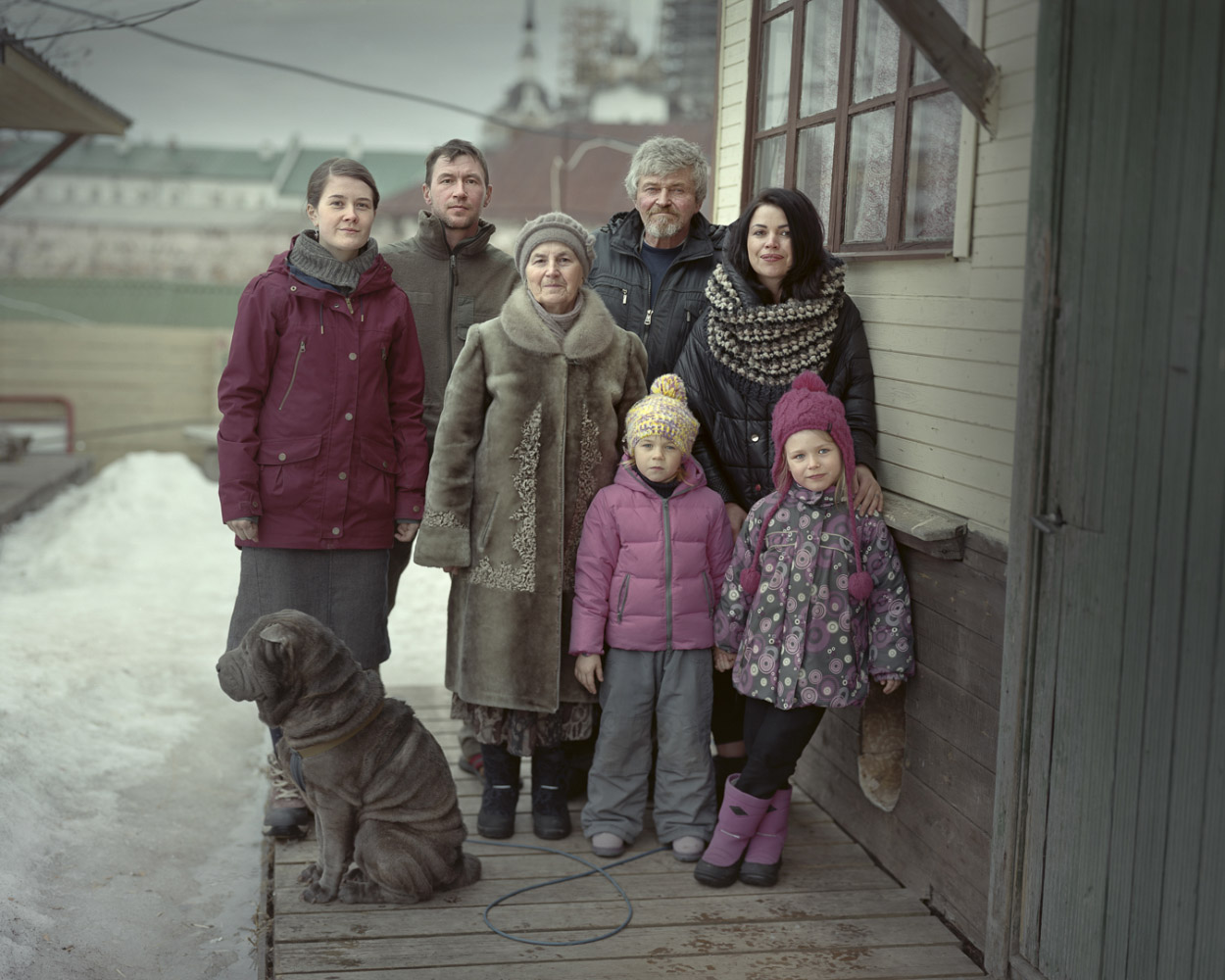Solovki, 2016
The imposing walls of the Solovetski monastery stand on the Solovki islands, in the calm waters of the White Sea in northwest Russia. Founded in the 15th century on the eponymous islands, it hosted during the Soviet period one of the most sadly known gulags of the USSR. “Being sent to Solovetski” has become a Russian expression.
It is the first place where all the traditional intelligentsia composed by poets, journalists, aristocrats, religious and scientists, were deported between 1923 and 1939. More than 100,000 prisoners have stayed there in 16 years. Most of them died. Deprived of clothing, dignity, subjected to the most primitive violence and the absurdity of forced labor, these prisoners have marked the places of their detention. One can still see traces of it on the walls of abandoned prisons, in the architecture of buildings, on tombs.
Closed in 1939, the “Solovetski Special Destination Camp” (SLON) became a Soviet Navy base. It was only in 1974 that the Brezhnev government established a National Museum of History and Architecture on the main island and made the place a protected nature reserve. Families have also returned to the archipelago, notably to animate the new seaside resort, a tourist destination popular for its dachas and rich taiga.
The monastery became a consecrated place again in 1992, also the date of its classification on the list of the World Heritage of UNESCO and monks resumed their religious activity there. Volunteers came to help rebuild the hermitages, sometimes on bone-laden floors.



